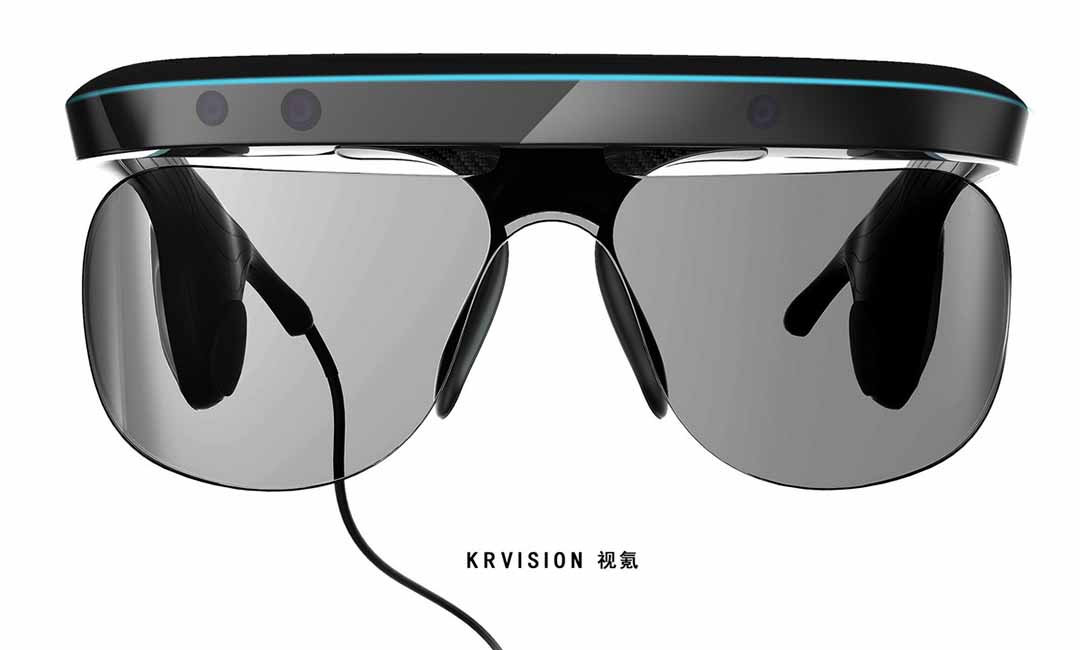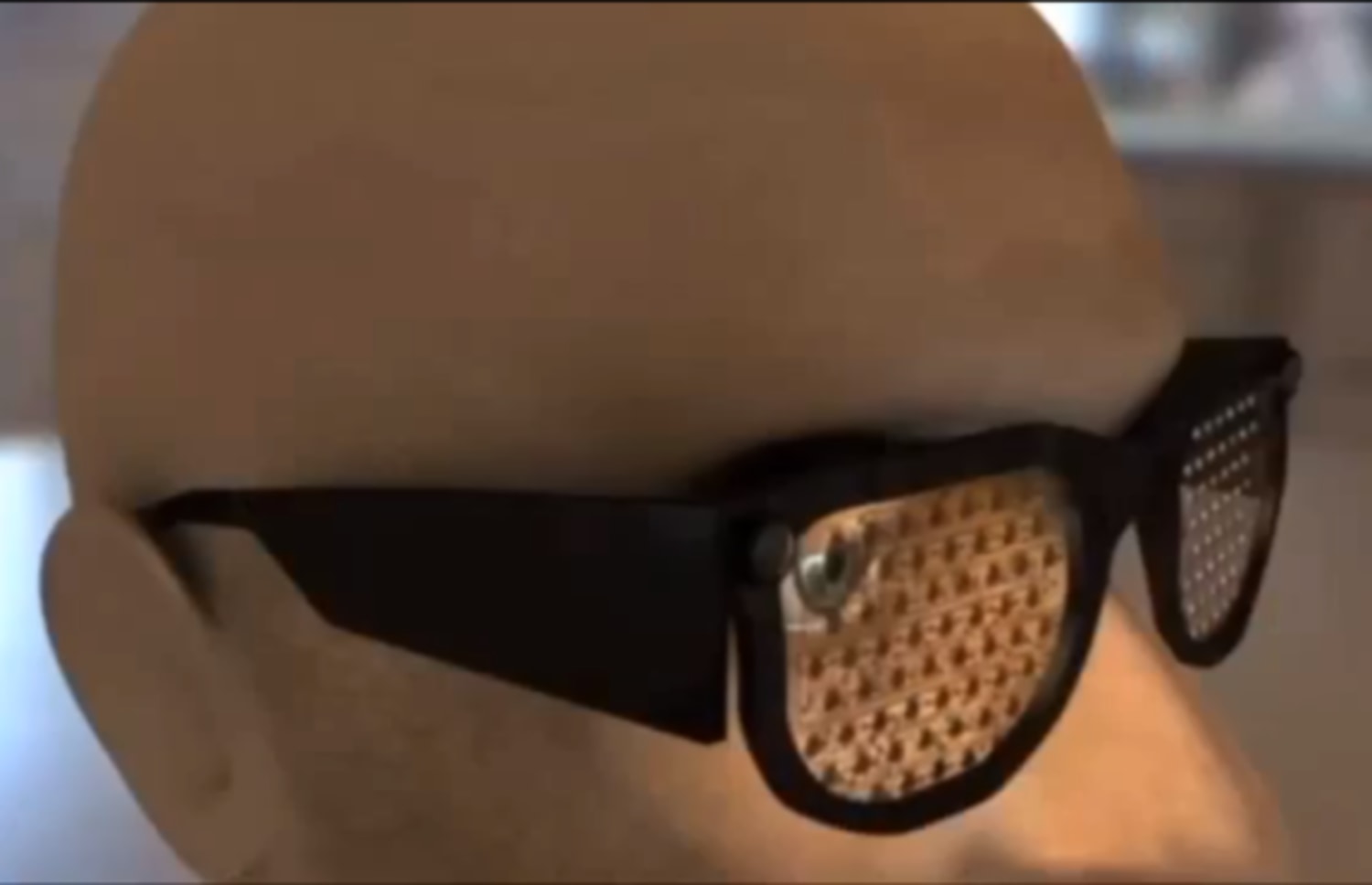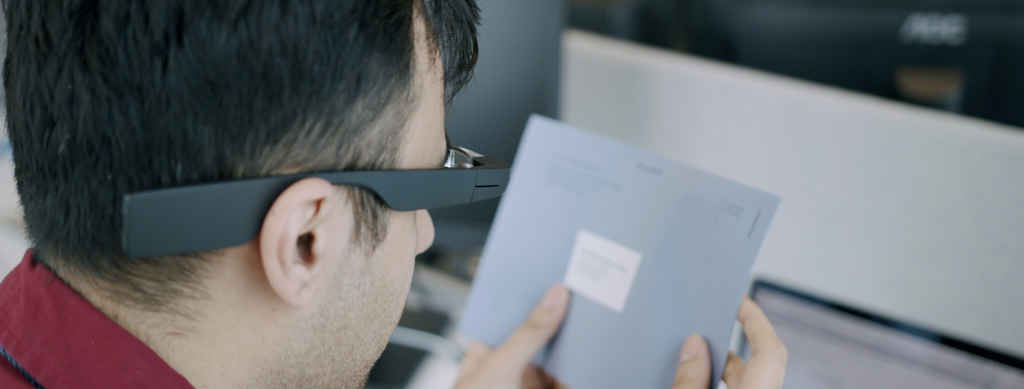Mobility Aids for Visually Impaired Users: Enhancing Independence and Navigation
Mobility Aids for Visually Impaired Users: Enhancing Independence and Navigation
Blog Article
Empowering Independence With Assistive Innovation for the Blind
The combination of assistive innovation for individuals that are aesthetically damaged or blind represents a significant development in promoting freedom and boosting lifestyle. With a range of devices-- from screen viewers to ingenious responsive tools-- these innovations not only facilitate navigation and communication yet likewise promote social inclusion and participation in various facets of life. As we explore the diverse kinds of assistive gadgets and their real-world applications, it becomes clear that the impact is extensive. Yet, the development of this innovation elevates vital questions concerning accessibility and future growths that require additional assessment. Assistive technology for the blind.
Understanding Assistive Modern Technology
Although assistive technology has actually developed dramatically over the years, its essential purpose continues to be the same: to improve the lifestyle for individuals with impairments, especially those that are blind or visually impaired. This innovation encompasses a wide variety of devices and gadgets that help with freedom and capability in day-to-day activities.
Assistive innovation can be classified right into sophisticated and low-tech options, each made to fulfill details demands. Sophisticated gadgets usually include software applications, specialized equipment, and adaptive tools that use advanced innovation to offer support in various contexts. On the other hand, low-tech services might entail day-to-day items that are modified to enhance accessibility, such as magnifiers or responsive pens.
The assimilation of assistive technology right into the lives of individuals who are blind or visually harmed not only advertises autonomy however additionally promotes social addition and engagement in professional and educational settings. By leveraging these innovations, customers can browse their surroundings, access details, and connect efficiently, thus boosting their overall quality of life. Comprehending assistive technology is crucial for professionals, caregivers, and supporters that intend to sustain individuals in maximizing their possible and accomplishing greater independence.
Types of Assistive Devices
Assistive gadgets for the blind and aesthetically impaired are necessary tools that improve daily living by addressing particular difficulties run into by individuals. These tools can be generally categorized right into 3 primary kinds: optical devices, digital tools, and sensory devices.

Sensory devices, such as Braille display screens and tactile maps, give alternate means to obtain info. Braille shows transform digital message into Braille, enabling individuals to review via touch. Responsive maps offer spatial understanding with increased textures and lines, permitting far better environmental understanding.
Together, these assistive gadgets encourage people with aesthetic impairments to involve more fully with their surroundings, promoting higher freedom and confidence in daily activities.

Influence On Every Day Life
The assimilation of assistive modern technology right into the every day lives of individuals who are blind or visually impaired considerably improves their capability to browse and interact with the world around them. Devices such as screen viewers, Braille presents, and mobile applications facilitate accessibility to details, enabling customers to engage with electronic content, communicate efficiently, and handle everyday tasks separately.
Additionally, innovations like smart glasses and navigation apps provide real-time help in unknown environments, boosting mobility and self-confidence. These devices make it possible for users to determine obstacles, read indicators, and also recognize faces, hence promoting a sense of freedom in public rooms. In addition, home automation systems, which can be managed through voice commands, allow people to handle their living atmospheres a lot more successfully, enhancing comfort and safety and security.
The influence of assistive innovation expands past sensible jobs; it promotes social incorporation and emotional health. By connecting the void in between individuals and their environments, these modern technologies empower individuals to take part completely in neighborhood activities, seek instructional chances, and take part in meaningful connections. Eventually, the advancement of assistive innovation is instrumental in redefining the opportunities for people who are blind or aesthetically impaired, bring about a much more obtainable and inclusive society.
Success Stories and Testimonies

One more powerful endorsement comes from Mark, a current university grad who made use of display reading software throughout resource his scholastic journey. This technology enabled him to accessibility program products and get involved in conversations, eventually causing his successful change right into the workforce. Mark credit scores assistive modern technology for equipping him to attain his career objectives, stressing its duty in leveling the playing area for people with visual impairments.
Additionally, recreation center have actually reported enhanced engagement in their programs many thanks to the introduction of available electronic platforms. These systems have actually made it less complicated for people to connect, share sources, and assistance one another. These success stories collectively emphasize the profound result of assistive technology in fostering independence, boosting lifestyle, and damaging down barriers for the blind and visually impaired area.
Future Patterns in Assistive Technology
Arising innovations are poised to revolutionize the landscape of assistive technology for people who are visually damaged or blind. Technologies in fabricated intelligence (AI) and artificial intelligence are improving the capabilities of devices, making it possible for more instinctive individual experiences. For instance, AI-driven applications are increasingly able to read and identify items message aloud in real-time, giving users with useful info about their environments.
In addition, advancements in wearable technology are developing new chances for self-reliance. Smart glasses outfitted with augmented fact features can overlay vital info onto the individual's field of view, helping with navigation and communication with the setting. The integration of Net of Points (IoT) devices is streamlining availability in wise homes, allowing users to regulate home appliances and get notifications through voice commands or responsive interfaces.
The advancement of braille displays and tactile responses systems is likewise rising, advertising access to digital web content and enhancing communication. As these innovations remain to evolve, they assure to improve daily living, educational opportunities, and employment leads for individuals with aesthetic impairments. Continual partnership between technologists, customers, and advocacy teams will be vital in guaranteeing these technologies meet the requirements of the community successfully.
Final Thought
In final thought, assistive modern technology plays a crucial function in enhancing the self-reliance of people that are blind or aesthetically impaired. By offering necessary tools and sources, these technologies promote boosted access, navigation, and interaction to details, consequently promoting freedom and confidence. The transformative effect of assistive gadgets not just promotes effective interaction with the atmosphere but likewise urges social incorporation and participation in various elements of life, ultimately equipping individuals to prosper within their communities.
The combination of assistive innovation for individuals who are visually impaired or blind represents a substantial advancement in fostering freedom and enhancing top quality of life.The assimilation of assistive technology into the lives of individuals who are blind or visually impaired not just promotes autonomy but also fosters social inclusion and participation in academic and find out here now expert environments. Inevitably, reference the advancement of assistive technology is crucial in redefining the opportunities for people who are blind or aesthetically damaged, leading to a more comprehensive and available culture.
Numerous individuals who are blind or visually damaged have actually shared inspiring success stories that highlight the transformative impact of assistive technology on their lives.In verdict, assistive innovation plays a pivotal role in boosting the self-reliance of individuals that are aesthetically damaged or blind.
Report this page